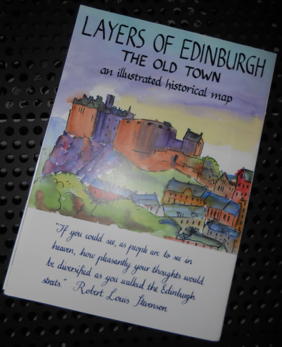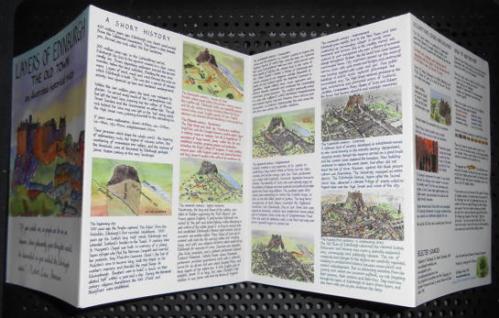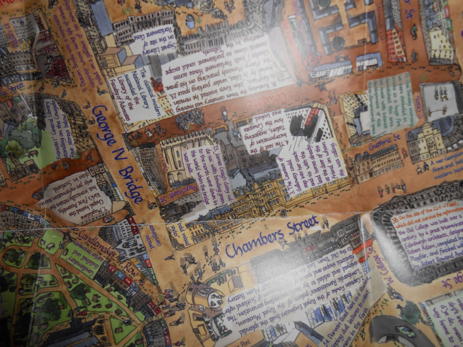One thing I really miss with my neurological illness is being able to walk around a place and explore. I used to love wandering around St Andrews as an undergraduate, and Hawick and other Borders towns when I was even younger. When the illness started in 1994, when I was just 22, it didn’t stop me walking right away, though there were issues. Walking difficulties have increased over time, especially after my major relapse in 2004.
I now always use two sticks out and about, and can hardly walk any distance. Often I have to use my wheelchair. I have had a Blue Badge since 2001 for good reason. It does mean that when we go on overseas trips I am extremely restricted. I have to sleep most days anyway, but even on other days I need the help of taxis or similar to get any distance away from the hotel. In Venice I had a huge struggle walking to the nearest water bus stop. And when I go back to Hawick I can’t explore as I’d like to. On trips my husband becomes my roving eyes, exploring a city on foot, with digital camera in hand, on the days I have to sleep. That helps me “see” a bit more of a place. But there’s still a great sense of loss. And I know I will never recover this. My disease is progressive.
It’s particularly frustrating for me as an urban historian. So much of my academic research in the last 20 years has been on towns, and town development, especially in the seventeenth, eighteenth and nineteenth centuries. Luckily even with my disability I can make progress with a lot of documentary records – including digitised ones that I can access at home – and old maps and town plans. But there’s no real substitute for exploring a town on foot on the ground.
So yes, it’s sad, but I’m still able to explore my interests intellectually and academically. And life is still rewarding. Albeit not very mobile!



